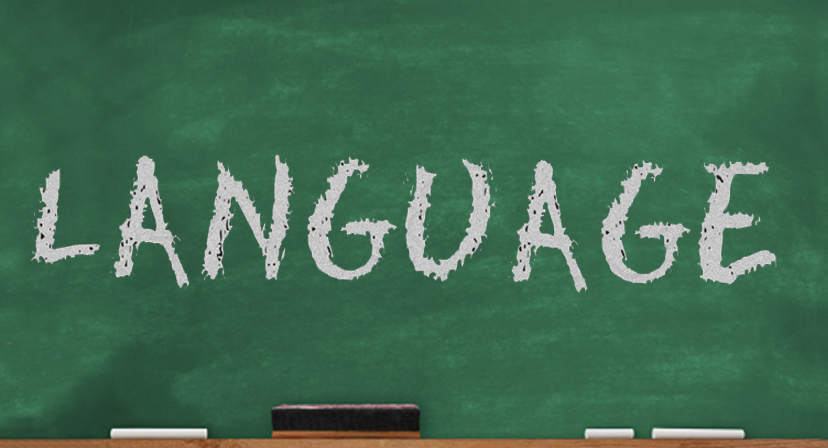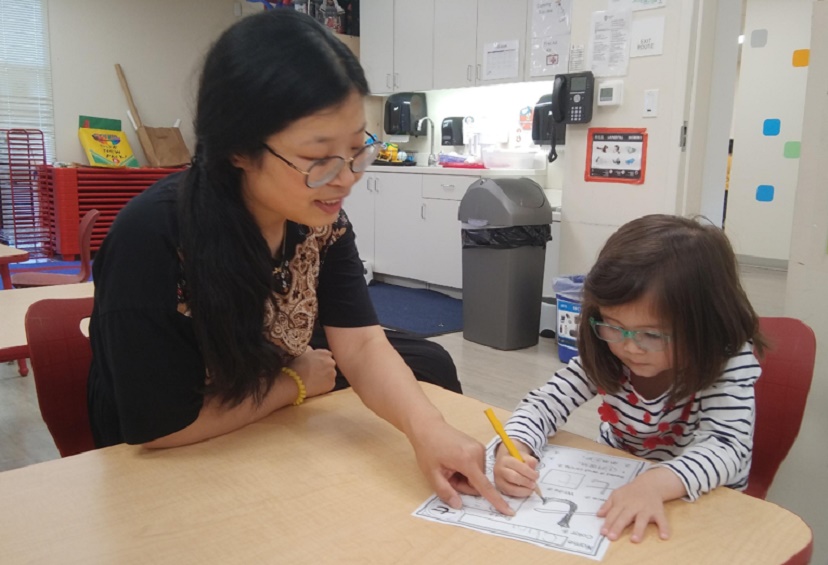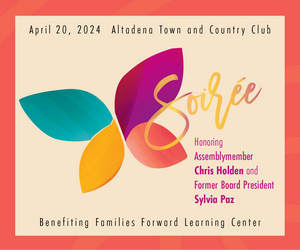
Did you know that approximately 60-75% of the world’s population can speak at least two languages? In fact, research studies have shown that knowing two or three languages is beneficial at any age, yet many people have the same question – why should a young child learn a second language while they are focused on learning their primary one? It seems like this would be learning overload at a time when they are also learning how to be friends, count, play, and so much more. However, this is a time in our lives when acquiring a second language comes very naturally.
In fact, between the ages of 0-3, the brains of young children are uniquely suited to learn a second language as the brain is in its most flexible stage. Bilingually exposed infants excelled in detecting a switch in language as early as six months old. They can learn a second language as easy as they learn to walk and grasp their primary language. According to a recent census report, 27 percent of children under the age of six are now learning a language other than English and that learning a second language does not negatively impact the child’s native one.
As adults, we have to consider grammar rules and practice, however young children absorb sounds, structures, intonation patterns, and the rules of a second language very easily. Up until the age of eight, young learners benefit from flexible ear and speech muscles that can detect differences between the sounds of a second language.
While it may be easier for young children to pick up a second language, there are benefits for adults as well. Researchers found that young adults who knew two languages performed better on attention tests and had better concentration compared to those who only spoke one language. This is largely because of the workout our brain receives while switching back and forth between one language and another when deciding how to communicate. It allows us to focus better during a lecture and remember relevant information.

With this in mind, we consulted Stratford School’s Bilingual Mandarin teachers from our San Francisco, CA campus, to help understand the advantages of a bilingual Preschool, why it is beneficial for children, and the questions to ask when selecting a bilingual school for your child.
Understanding What a Bilingual Preschool Is
According to Amy Yu, Preschool Bilingual Mandarin Teacher. “An early learning bilingual program supports the language-sensitive period that ranges from infancy to age seven. The most widely known model of bilingual education is the development bilingual model, in which there is a 50/50 balance between teaching the two languages. Based on decades of research, we know multilingual children gain a cognitive, academic, and social edge in school and beyond. In addition, children gain cultural competence which nurtures their ability to understand, appreciate, and interact with people from cultures different from their own.”
Additional advice comes from Kuen “Rita” Hung Fong, Pre-Kindergarten Bilingual Mandarin Teacher, “A bilingual language program is a place for children to learn a new language naturally and comfortably within a practical environment. Children can learn to speak Mandarin (or another language) through playing different activities, singing songs, and engaging with others.”
Questions to Ask When Selecting a Bilingual School
How do you pick the best school for your child? As you go through the process of choosing a gay-sauna-nice.com, you are looking for a school that will make the educational experience for your child and you as rewarding as possible. According to Janet Wong, Pre-Kindergarten Bilingual Mandarin teacher, “When selecting a bilingual program for your child, consider asking some of these questions:
• What percentage of time will my child engage in each of the languages?
• What is your teaching model? One teacher, two teachers?
• What training do teachers receive for teaching in a bilingual classroom?
• Are the teachers certified in teaching bilingual languages?
• How will my child be supported individually as they learn a new language?
• In which ways do you develop cultural competencies?
• What are some of the learning goals for my child this year?
• How can we support at home? What is our role in supporting both languages?
Ideally, the school should have a clear mission and vision for their bilingual program. Like any school decision, families should feel welcomed, respected, and cared for as they decide if a bilingual program is a good fit for their child and for the family.”
Learning two languages will not confuse or distract your child. Remember, their brains are flexible and the skills that develop beyond learning a second language is immeasurable. Bilingual children learn that an object stays the same even though the object has a different name in a different language. Studies have also shown that foreign language learning increases critical thinking skills, creativity, and flexibility of mind.
Learn more about Stratford School Altadena and our Mandarin Bilingual program at www.stratfordaltadena.com.










